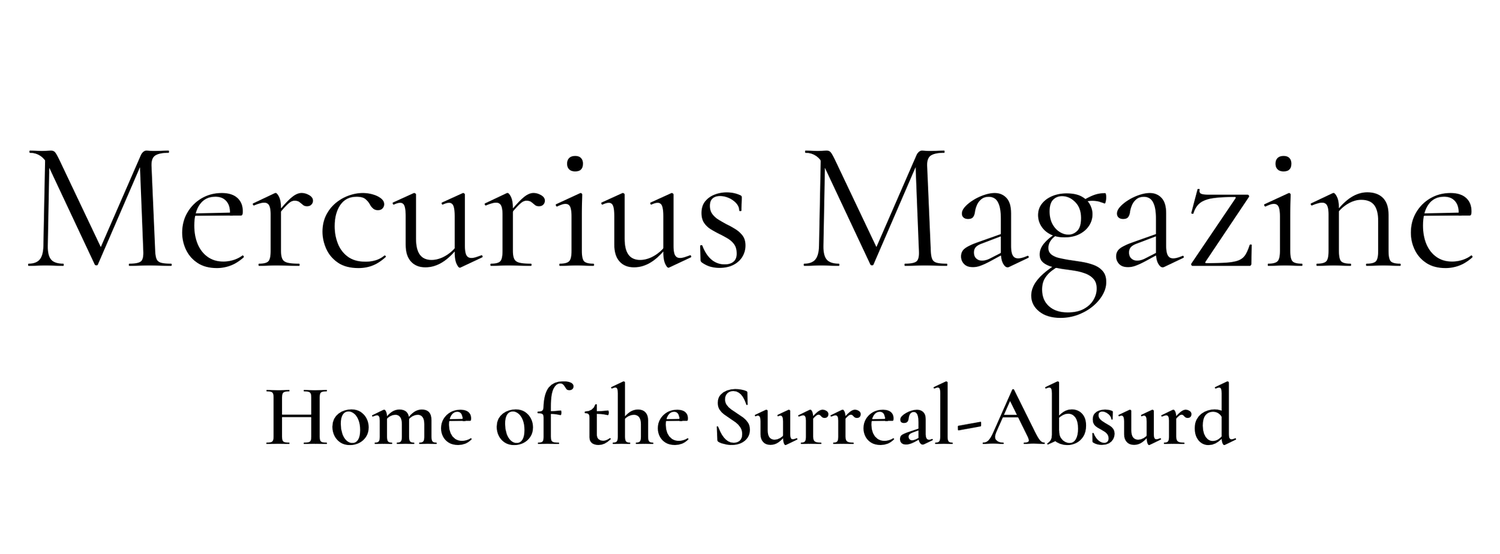Whirr and Chime
What if there’s no such thing as time? What if time is just a convenient convention? Think about it for a bit. Time is a tool that helps you orientate your boat within the stream of life. Physicists can scrutinise the ultra-structure of space-time fabric, but for individual perceptions, what we call time is just a sequence of events, the number of rounds a cog makes inside a clock.
A chain of cause and effect is the spine of human time. History is a complex arrangement of falling dominos that culminate with the teetering present. A miniscule initial trigger can set in motion a cascade of flopping dominos that diverge overwhelmingly in all possible directions, leading to an extravagant multitude of eventualities, such as a chair, a moon crater or heartbreak. Isn’t that strange?
What differs is the nature of these casual interactions, from elementary physics to geology, from primitive bacterial responses to complex cognition and sensations at the bottom of the soul. In the end, there is always this intuitive sense of a link between things and events: everything descends from some mysterious kickstarting pre-event. A secret connection exists between that pre-event, ourselves, and everything else.
Time is often presented as a commodity: ‘time is money’. But let us not be deceived. In the age of digital humanities and quantitative psychology, the temptation to substitute all qualities for numbers is stronger than ever.
It has recently been noticed that we are often unable to memorize the geography of familiar places, as we become increasingly dependent on the digital maps in our pockets. Without the need to navigate space, we might also lose an individual sense of space. Isn’t space the same as time?
The clock revolution is relatively fresh: pocket watches did not exist until the 16th century and wristwatches only became widespread in the 19th century. In olden times, bell-towers and tower clocks would set the pace of streets as heartbeats set the pace of the bloodstream. Such tolls are far less reliable than our ultra-precise clocks of today: they toll for what: every quarter of an hour? half an hour? hour? You would certainly miss your train.
Without having personal time-keeping machines, people of the past would have exercised their sense of time in a much more substantive way. And that is not impossible. In our mind, there is an internal capacity for measuring chunks of time: circadian clocks is one such example. These internal clocks can be extremely precise. Some people can mark out periods of time with an exact five-minute precision without consulting a clock. Many people already wake up a few moments before the morning alarm, especially if the alarm was set for something important.
How about the meaning of time? They say time heals all wounds. Let us suppose, the wound is emotional. When time heals, what happens is that a few cogs in our mind turn several times; a couple of dominos fall; the disturbing sensations transforms into memories and get moved somewhere to the distant corner of our mind. What did we do to make that happen? Not much. We just waited.
Waiting is a source of time because that’s the only moment when we can really think about it. Waiting can also make us feel helpless, deprived of agency. We lazily contemplate the lazy passage of time. A second. Another one. One more. One more. We spend our time observing time. What is important to remember, though, is that time is limited. Moreover, looking back we do not see a scaling grade of hours, minutes, or seconds. We see events, the things we have lived through, the books we have read, the people we have met, and the choices we have made. This suggests a tiny tip: do not wait for the right time, because maybe there is no right time. Waiting makes you a passive consequence of externalities. Action transforms you into a cause. Even if the result is small, it still feels incredibly meaningful. And meaningful moments are ones that are the most pleasant to recall.

